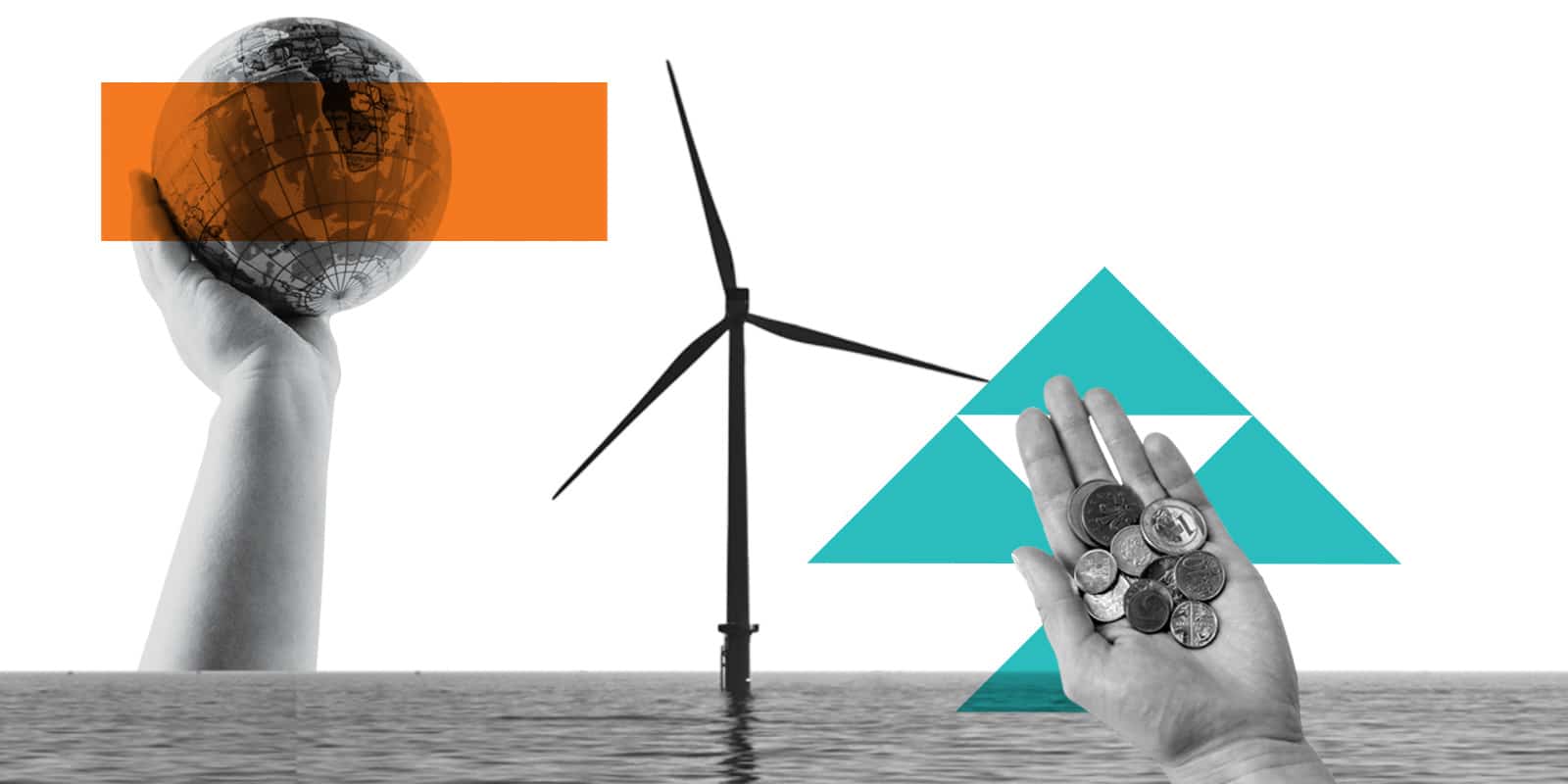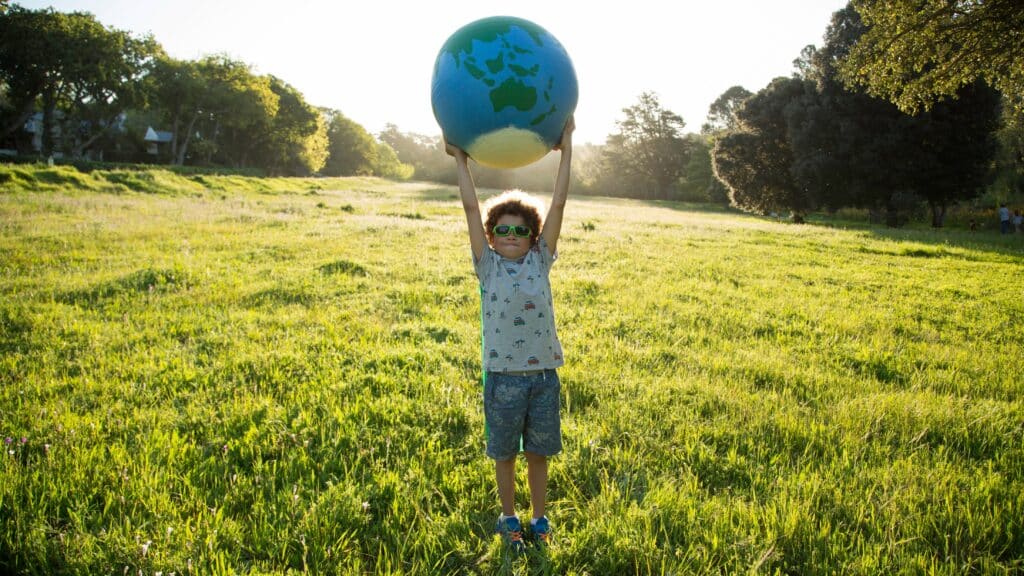Growth Trends 2023: Reframing the cost of living crisis as a catalyst for sustainability

By Andy Collins, Strategy Partner
Among the turmoil of the last two years, the sustainability movement has begun to gather momentum. Spurred on by the publicised environmental benefits of lockdown (UK carbon emissions reduced by 13% in 2020 vs. 2019,) the tireless work of figures like Greta Thunberg and David Attenborough, and the presence of COP26 in Glasgow, there has been a growing recognition of the challenge we all face, and the responsibility we all have.
There was already an intention-action gap when it came to sustainability (a clear difference between people’s intended and actual behaviour) but with sustainable choices so often coming with an additional price tag, the added economic pressure that people will be under in the coming months is likely to put sustainability on the back burner. Buying sustainably feels like a discretion, and we’re entering a period when all discretionary spending, regardless of who you are, is going to be scrutinised.
Brands have a huge responsibility to drive sustainable consumerism and at a time when household spending will be severely squeezed, how can this period be seen as an opportunity to help consumers make more sustainable choices?
- Over 50% of people say they’d be prepared to offset the carbon impact of their flights, yet in a recent study by the University of Bern in Switzerland, only 4.6% of consumers actually chose to do so. We all want to be sustainable, but when there’s an additional price tag involved, it’s too easy to say no.
- Since November 2021, the impact of climate change has shifted from the 2nd greatest worry that people have, to the 4th, with rising grocery costs being the primary worry, affecting 68% of the population. The looming cost of living crisis is taking all our attention and focus.
- The economic situation is going to get worse before it gets better. We know from our own cost of living research that only 44% of people are feeling comfortable financially (down from 49% in June), while only 28% are confident about their future finances. The situation isn’t going to improve any time soon, and the world can ill afford a two-year hiatus on sustainability.
The increasingly pessimistic environment we’re living in is once again growing the intention-action gap (when it comes to sustainability) and driving consumers towards cheaper options. The majority of adults (58%) prefer brands that are sustainable, with 60% stating that they “try to buy products that are packaged in an environmentally friendly way.” The increasing intention-action gap is not driven by a lack of desire, it’s a reflection of the current financial realities we’re all facing.
Our research revealed that 70% of adults had already changed their shopping habits over the prior two months, with an average of eight actions taken to reduce the impact of the rising cost of living. According to research by Ibid, this behaviour change is not limited to any specific category. We’re seeing it come through loud and clear in every aspect of life – 56% of people are spending less on clothing, 30% of people have switched to lower-cost toiletries and 32% of people have started buying own-label brands. People may not be consciously choosing to ignore the sustainable choices, but it’s happening all around us.
And so, as we work towards delivering on the UN’s 17 Sustainable Development Goals, it is clear that we cannot afford for this movement to be derailed.
58% of adults prefer brands that are sustainable.
The growth opportunity:
Sustainability doesn’t have to come at an additional cost. Brands should embrace the concept of offering sustainability as a gift, baking it into their products and making it the default decision, rather than an optional extra. Sustainability doesn’t have to be the driving force behind a purchase, it can just as easily be an added benefit.
With price being a key concern in the coming months, how can brands offer products and services that deliver on cost for consumers, drive growth for the brand, and provide sustainable benefits as well? This holy trinity will enable brands to tackle the upcoming crisis ethically and importantly, ensure that the sustainability movement is not derailed.
At Wavemaker, we believe there are three key areas that brands can embrace in the coming months. Smart brands will drive growth by taking ownership of new markets, giving their products a new lease of life, and exploring new ownership models.
The secondary/re-sale market offers a huge opportunity to lower the price barrier to ownership and reduce the need to manufacture new products. Brands can look to create a mechanism to buy back and re-sell old products, like IKEA’s ‘Buy Back Friday’ initiative, or create a platform to facilitate the onward sale of your products—for example, H&M Group bought a majority stake in Sellpy, Sweden’s equivalent of eBay.
Brands can also implement subscription models to again lower price barriers and enable a product to go through multiple consumers’ hands. For example, The Toy Box Club offer a subscription toy rental service, helping parents to minimise the clutter in their house, and cater to the limited attention span of their children.
Finally, extending the life of a product may seem like a shrewd sustainability move, but a challenge to economic growth. However, offering free repairs for life is an incredible way to build brand loyalty and showcase the quality of your product, while also delivering on sustainability goals.
3 things to do today:
Explore opportunities to facilitate the secondary market for your products.
Either create and own a marketplace to enable this process, or look to invest in an existing platform.
Explore new ownership models.
Look at subscription or rental models to lower cost barriers and ensure a single product can pass through the hands of multiple individuals or households.
Extend the life of your product in consumers’ hands.
Build loyalty and positive brand perception by showcasing the care that you invest in your product and the longevity that creates.
Fill in your details below to download a full copy of the 2023 Growth Trends report.











